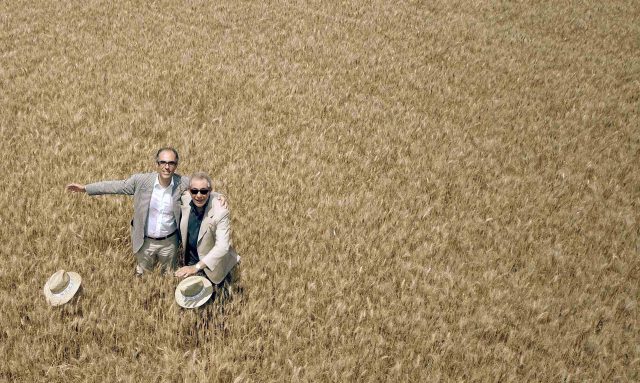Cabernet Sauvignon Collezione De Marchi, the SuperCab (2)
Today we continue our chat with Isole e Olena’s Paolo De Marchi begun yesterday.
DoctorWine: Are there any Cabernet Sauvignon wines from around the world that are a reference point for yours?
Paolo De Marchi: I like good wines from any part of the world but our points of reference are our grapes and their capacity of expressing what we are capable of doing in a particular year, which is always unique.
DW: Do you think that the term Super Tuscan is apt for wines like your Cabernet Sauvignon?
PDM: I have never liked that definition. Today, for international consumers it has come to mean a Sangiovese/Bordeaux blend while Italians see it as a kind of cop-out. The fact is that a Super Tuscan indicates a wine with a superior quality at a higher price than the DOC (PDO) wines produced respecting flawed regulations. Super Tuscan wines were created by the best producers in protest to regulations that protected those who produced interior quality. But there is one big problem.
DW What is that?
PDM: Super Tuscan does not indicate what the wine is only what it is not: a DOC wine.
DW: Hardly any woodiness and if there is it is suffused, with floral notes alongside those of dark fruits, robust and earthy yet tasty tannins: are these the traits of a great Chianti Cabernet?
PDM: I’d say so. And I’d add that a wine from Chianti also has a healthy acidity that offers transparency and support to the palate. This territorial trademark is evident in a comparative Cabernet tasting between wines from Chianti and Bordeaux, where the acidic level of the Tuscan wine stands out front and center.
A few observations before we get into the De Marchi Cabernet Sauvignon tasting.
The first vineyard was planted in 1984 with grafts from the best vineyards in Bordeaux onto Canaiolo rootstocks. In 1987, they planted a totally new vineyard of Cabernet Sauvignon and in the 1990s smaller ones of Cabernet Franc, Merlot and Petit Verdot.
The vines are Guyot-trained and grow in clay-chalk, clay-schistose and marl soils with a density of between 4-7,300 vines were hectare.
The grapes macerate in French oak vats, with pumping over and délestage, and the juice is racked after 28-30 days.
The wine ages in French oak barriques, some 50% of which are new, for between 24 and 30 months depending on the year. It is usually bottled after the wine has aged for three years and then it continues to age in the bottle for at least two years.

 Italiano
Italiano








